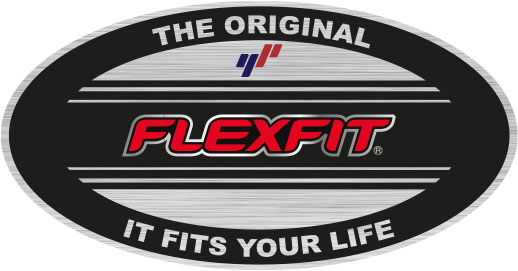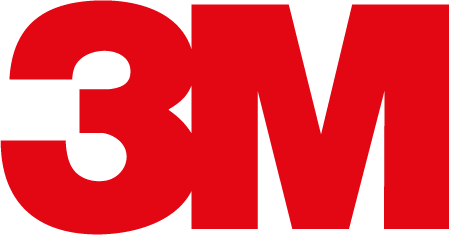Costs of goods sold vary as the number of finished products increase or decreases. The cost goods sold is the cost assigned to those goods or services that correspond to sales made to customers. For example, assume that a company purchased materials to produce four units of their goods. The https://www.quick-bookkeeping.net/expense-definition-types-and-how-expenses-are/ basic purpose of finding COGS is to calculate the “true cost” of merchandise sold in the period. It doesn’t reflect the cost of goods that are purchased in the period and not being sold or just kept in inventory. It helps management and investors monitor the performance of the business.
How to Record a Cost of Goods Sold Journal Entry 101
This influences which products we write about and where and how the product appears on a page. We believe everyone should be able to make financial decisions with confidence. Get instant access to video lessons taught by experienced investment bankers. Learn financial statement modeling, DCF, M&A, LBO, Comps and Excel shortcuts. Double Entry Bookkeeping is here to provide you with free online information to help you learn and understand bookkeeping and introductory accounting.
Journal example of how to record the cost of goods sold
Likewise, if the ending inventory is less than the beginning inventory, it means that the inventory balance has decreased; so we need to credit the inventory account. When inventory is artificially inflated, COGS will be under-reported which, in turn, will lead to a higher-than-actual gross profit margin, and hence, an inflated net income. The average price of all the goods in stock, regardless of purchase date, is used to value the goods sold. Taking the average what is the extended accounting equation product cost over a time period has a smoothing effect that prevents COGS from being highly impacted by the extreme costs of one or more acquisitions or purchases. Calculating the cost of goods sold, often referred to as COGS in accounting, is essential to determining whether your business is making a profit. It involves a simple formula and can be calculated monthly to keep track of progress or even less frequently for more established businesses.
Calculating COGS
In a manufacturing company, the cost of goods sold includes the cost of raw materials, cost of labor as well as other overhead costs that are used to produce the goods. Examples of pure service companies include accounting firms, law offices, real estate appraisers, business consultants, professional dancers, etc. Even though all of these industries have business expenses and normally spend money to provide their services, they do not list COGS. Instead, they have what is called “cost of services,” which does not count towards a COGS deduction. The earliest goods to be purchased or manufactured are sold first. Since prices tend to go up over time, a company that uses the FIFO method will sell its least expensive products first, which translates to a lower COGS than the COGS recorded under LIFO.
Costs of revenue exist for ongoing contract services that can include raw materials, direct labor, shipping costs, and commissions paid to sales employees. These items cannot be claimed as COGS without a physically produced product to sell, however. The IRS website even lists some examples of “personal service businesses” that do not calculate COGS on their income statements. You should record the cost of goods sold as a business expense on your income statement. On most income statements, cost of goods sold appears beneath sales revenue and before gross profits. You can determine net income by subtracting expenses (including COGS) from revenues.
- Costs of goods sold vary as the number of finished products increase or decreases.
- Selling the item creates a profit, but a portion of that profit was lost, due to the cost of making the item.
- It might include items such as costs of research, photocopying, and production of presentations and reports.
- Businesses thus try to keep their COGS low so that net profits will be higher.
- COGS appears in the same place, but net income is computed differently.
Recognition of cost of goods sold and derecognition of finished goods (Inventories) should also be consistent with the recognition of sales. If it is not consistent, then the cost of goods sold and revenues will be recognized in the financial statements in a different period. And it is not in compliance with the matching principle, resulting in the over or understated profit during the period. The figure for the cost of goods sold only includes the costs for the items sold during the period and not the finished goods that are not still sold or billed by customers.
But other service companies—sometimes known as pure service companies—will not record COGS at all. The difference is some service companies do not have any goods to sell, nor do they have inventory. In these cases, the IRS recommends either FIFO or LIFO costing methods. You only record COGS at the end of an accounting period to show inventory sold. It’s important to know how to record COGS in your books to accurately calculate profits. Cost of Goods Sold (COGS), otherwise known as the “cost of sales”, refers to the direct costs incurred by a company while selling its goods or services.
This means that the inventory balance decreased by $10,000 compared to the previous year. We had a beginning inventory of $50,000 which was shown on last year’s balance sheet. And during the year, we have made a total of $200,000 in purchases. 1 5 exercises intermediate financial accounting 1 Under the perpetual inventory system, the inventory balance is constantly updated whenever there is an inventory in or an inventory out. Likewise, we usually record the reduction of the inventory immediately after making the sale.
Under the perpetual inventory system, we can make the journal entry to record the cost of goods sold by debiting the cost of goods sold account and crediting the inventory account. Let’s say the same jeweler makes 10 gold rings in a month and estimates the cost of goods sold using LIFO. The cost at the beginning of production was $100, but inflation caused the price to increase over the next month.
The original cost of merchandise goods was $1,000 in the inventory balance on the balance sheet. And, in the merchandising company, the cost of goods sold is the cost that the company pays to acquire the inventory goods before selling https://www.quick-bookkeeping.net/ them further to the customers for a margin of profit. LIFO is where the latest goods added to the inventory are sold first. During periods of rising prices, goods with higher costs are sold first, leading to a higher COGS amount.

















